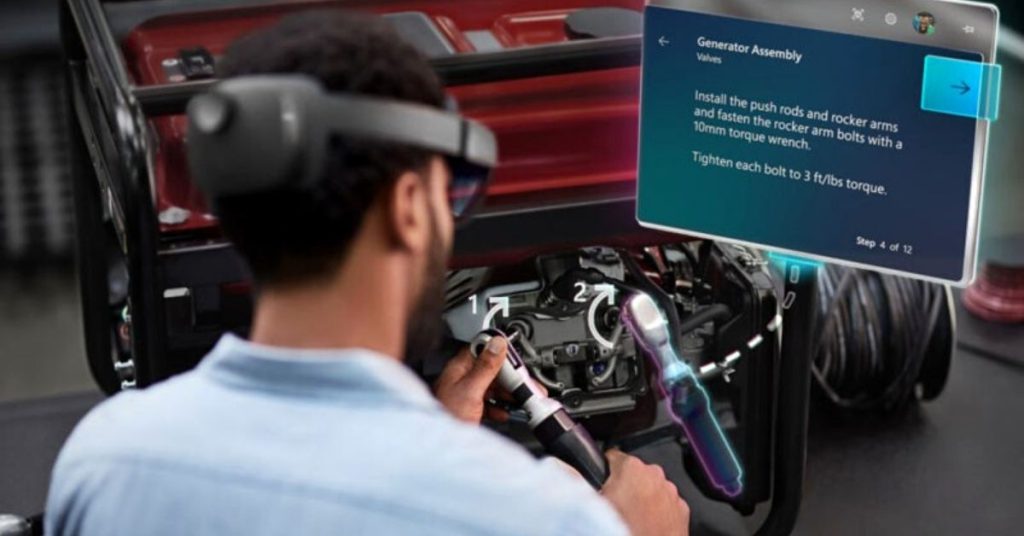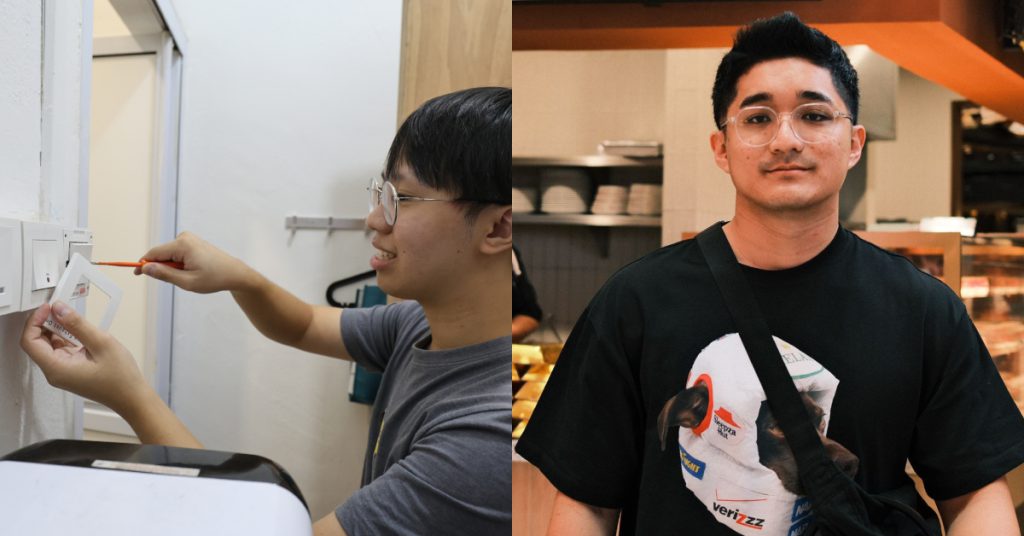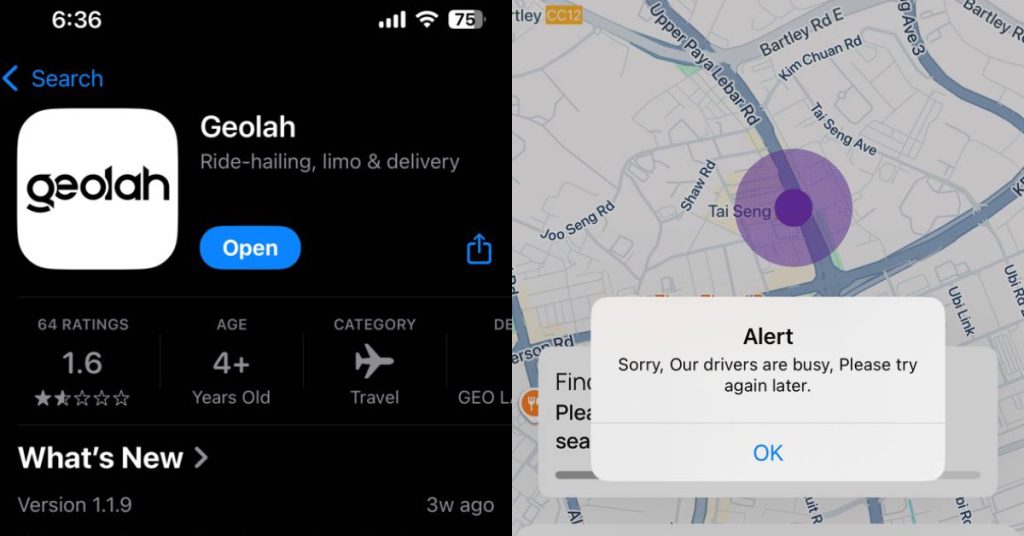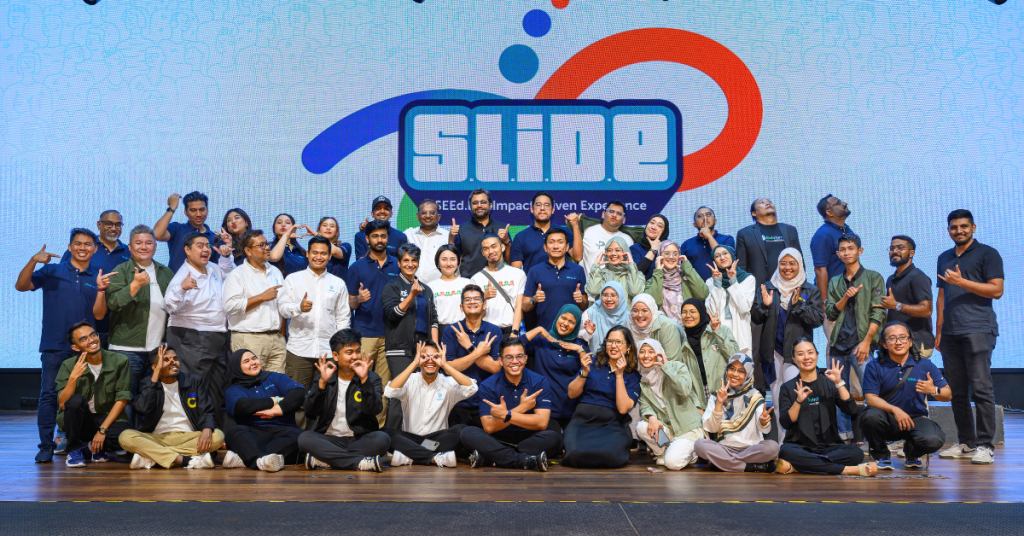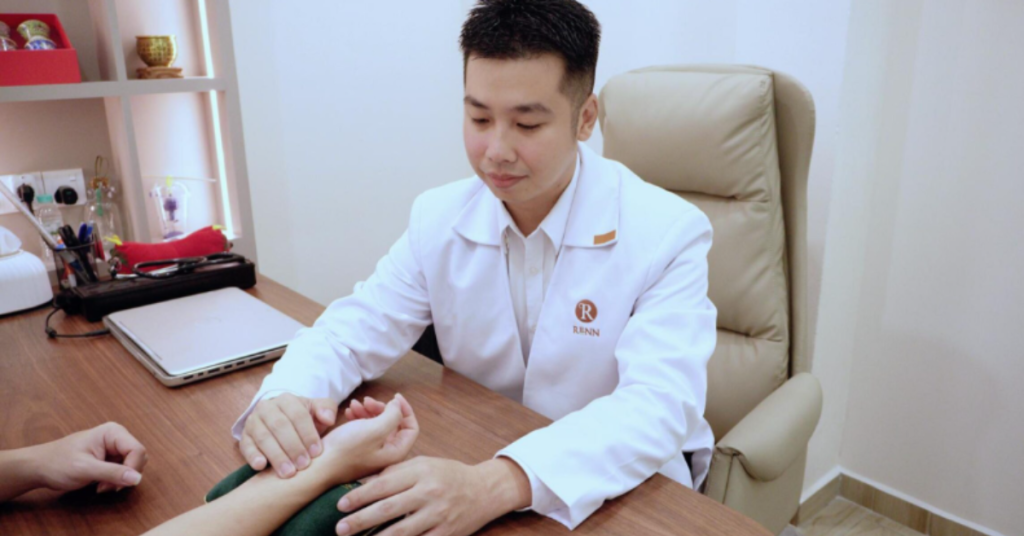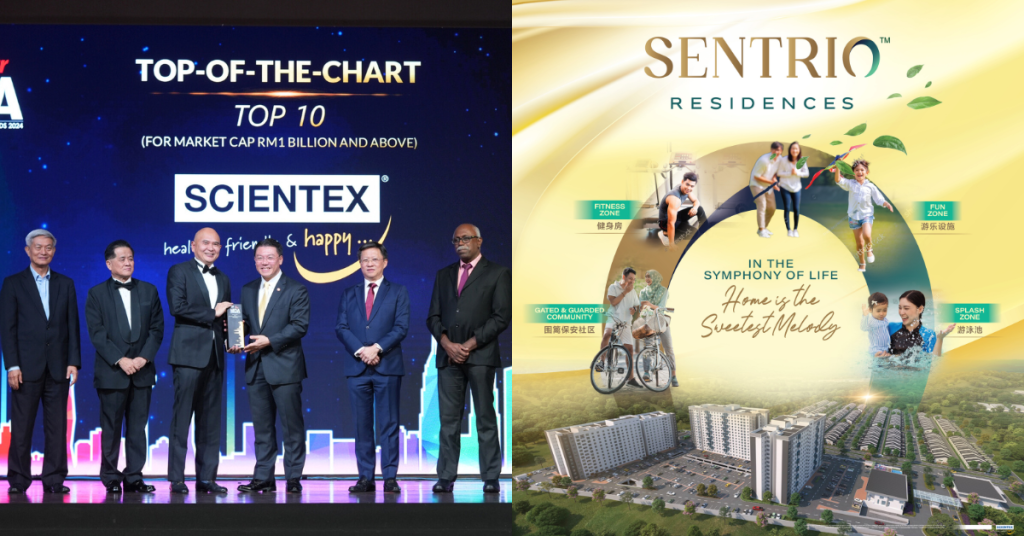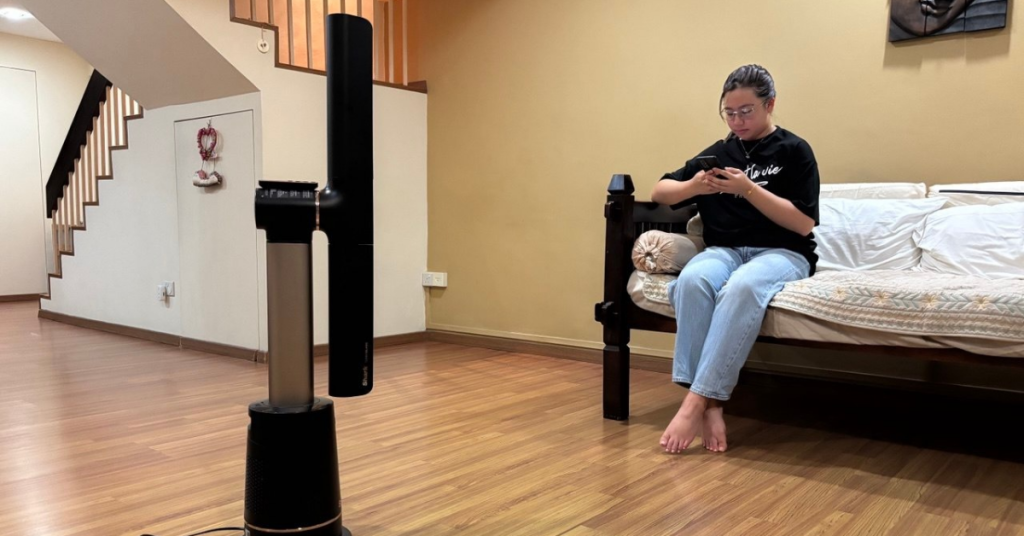[This is a sponsored article with Microsoft.]
Just as the world was getting used to virtual gatherings, another concept based in the digital world was soon thrust into our faces: the metaverse.
It takes the elements of cooler interactive technologies like virtual reality (VR) and augmented reality (AR) and dials them up to eleven, producing what is called a mixed reality.
Think of the metaverse as a digital space inhabited by virtual representations of real people and things.
Put simply, the metaverse could allow you to work with the avatars of your overseas colleagues for seamless project development, or have real-time learning from experts in another country, beyond what a simple video call could ever hope to achieve.
Meet the metaverse
Microsoft Mesh is one such metaverse, or mixed reality platform powered by Azure, Microsoft’s own cloud computing platform.
According to the team, the goal is to allow people in different physical locations to join collaborative and shared holographic experiences on many kinds of devices.
A device that’s advancing these experiences is the Microsoft HoloLens 2 for businesses. It has over 200 enterprise-ready applications to aid businesses across industries, from manufacturing and engineering to healthcare and education.
To describe the untethered, self-contained holographic device in simple terms, it’s see-through and ergonomic, among other things.

It works by allowing users to see, hear, and interact with 3D hologram assets, providing an immersive experience that shouldn’t cause motion sickness either.
As IR 4.0 takes over the rest of Malaysia’s services and sectors, and we become increasingly connected through the Internet of Things (IoT), the HoloLens 2 is equipped to take what we thought was possible only with VR and AR to the next level.
Here are 4 benefits of using this in various contexts across industries.
1. Saves costs on equipment and manufacturing
Typically, the R&D stage involves designing and producing prototypes one after another, where each one is either discarded or reiterated until the company is satisfied with a final version.
But bring the metaverse in and you’d be able to create multiple different virtual prototypes at a go and “place” them in real-world settings.
One example of this technology being put to use in engineering is at NOX Innovations, a US-based Building Information Modelling (BIM) service.
Using the HoloLens 2 and VisualLive, a Microsoft mixed reality partner, they can construct a building in the computer then overlay the model in the physical space where it’s going to be installed.

Thus, they can ensure that the model and physical construction align properly before pushing anything to the manufacturing stage.
With a feature called Azure Spatial Anchors, they can adjust the model’s placement, anchor it down in the physical space, and work on it as if it was installed in the real world.

Any other devices that have access to Azure and the model can also collaborate on the project without needing to realign parts.
This enables them to efficiently work on highly technical projects, and save time and money by creating only the finalised versions of what they need for the construction and installation.
2. Enables efficient “on-site” training without trainers being physically present
Combining the HoloLens 2 and two Microsoft Dynamics 365 products called Remote Assist and Guides, experts and trainers can conduct on-site guidance without being physically present.
Remote Assist’s features allow users to share their real-time view with experts for instant feedback, get an all-in-one update on what’s happening on-site without being there, and more.
Typically, you’d conduct virtual training over a video call, but Guides used with the HoloLens 2 helps trainers add elements like holographic instructions, workflow visualisation, and other data for more effective learning.

The benefits of this technology for trainers are that, even without a physical presence, they can:
- Train multiple people simultaneously;
- Create repeatable guides for consistent training;
- Oversee the results of their training in real-time.
Car manufacturer Toyota uses the HoloLens 2 and Dynamics 365 products for quick and efficient training. It’s crucial because the brand launches a new model every three years, which means staff have to keep up and be retrained fast.
Using Guides, their trainers create modules which can be modified or updated when needed, and deploy them to staff all over, allowing them to keep production smooth and consistent.
3. Allows geographically split teams to work seamlessly together in real-time
Many teams depend on virtual meeting platforms in order to continue working together from their own homes.
But this strategy still misses an element from in-person office experiences. For teams that build physical products together, making quick decisions became harder.
A single product had to be passed around via deliveries, or teams were only able to work with a 2D model for reference.

If a team is equipped with HoloLens 2 devices, this issue is easily resolved. Team members could slip on their devices, “meet up”, and work together on a scalable 3D model projected before them.
4. Provides all the contextual information needed for a task in one view
As the HoloLens 2 is able to overlay holographic data over the real world, this makes it a handy tool for more efficient processes.
Take for example US-based healthcare startup, MediView, which has now moved into tele-procedures.
It utilises the HoloLens 2 in conjunction with its own product, the Augmented Reality Surgical Navigation platform that’s designed for the removal of cancerous tumours.
This enables its surgeons to place 3D imagery on top of the patient’s anatomy, or float all kinds of contextual data above the surgical site. The data is collected from live feeds plus analyses of sensor and biometric data.

Since the holograms, the patient, surgical tools, and more, are in view at all times, surgeons don’t have to constantly shift their attention from the patient to another object.
Furthermore, the 3D imagery conveys extremely useful navigation information that traditional 2D imaging can’t. The surgeon can even gain “X-ray” vision into the patient for a 3D view of their anatomy under their skin.
Needless to say, surgical procedures could become more accurate, predictable, and fast, which benefit both the surgeon and patient.
And good news:
Though all of the use cases outlined have been from overseas, we could soon see Malaysian businesses using the HoloLens 2 to improve their operations.
Studio 249 from Land Systems of ST Engineering (Studio 249), a local expert in mixed reality solutions, is the only Microsoft HoloLens 2 Authorised Device Reseller (ADR) in Malaysia and Singapore.
It offers a complete suite of content development services, ranging from curriculum consultation to training needs analysis, instructional design, hardware and software solutions, content development and programming, Azure cloud integration, and more.
They started providing solutions with the first HoloLens device back in 2017, and today are a Gold Partner of the Microsoft Mixed Reality Partner Programme (MRPP).
What being a Gold Partner means is that they have a proven track record in presenting companies with Microsoft’s mixed reality solutions.
If a team is looking to optimise their work with the HoloLens 2, Studio249 also has end-to-end services for Microsoft Dynamics 365 Remote Assist and Guides which includes licences, setup and configuration services, training, and content creation.
For years, VR and AR have been considered the next generation of interactive technology for all kinds of industry applications—just imagine how much further we could take them with mixed reality devices like the HoloLens 2.
- Learn more about the Microsoft HoloLens 2 here.
- Find out what Studio 249 can do for your business here.
Featured Image Credit: Microsoft



